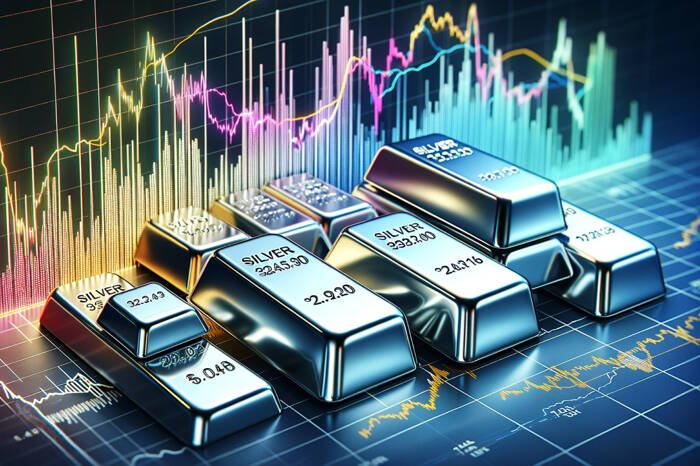Detailed Economic Analysis
Recent economic reports have provided a complex picture:
U.S. Business Activity: The S&P Global Flash U.S. Composite PMI Output Index decreased to 50.9 in April from 52.1 in March, signaling a slow and limited expansion in the private sector.
Core Capital Goods: Orders for U.S.-manufactured core capital goods showed a modest increase of 0.2% in March, suggesting cautious business investment levels. Meanwhile, broader durable goods orders saw a more significant rise of 2.6%, hinting at some sectors’ resilience.
U.S. GDP Growth: The economy grew at a slower 1.6% annualized rate in the first quarter, underperforming against the expected 2.4% growth. This indicates a cooling in economic momentum from the 3.4% growth rate seen in the final quarter of the previous year.
Inflation Indicators: The Personal Consumption Expenditures (PCE) price index advanced by 0.3% in March, with the core PCE, excluding food and energy, mirroring this increase and marking a 2.8% rise on a year-over-year basis. These metrics underscore persistent inflationary pressures that are unlikely to ease quickly.
Market Response and Treasury Movements
Investors’ reactions were evident in the shifts in U.S. Treasury yields, which moved to reflect a recalibrated assessment of inflation persistence against a backdrop of slower economic growth. This adjustment in bond yields indicates that market participants are reassessing their risk exposure and expected returns from assets like silver.
Short-Term Silver Market Forecast
The immediate outlook for silver prices remains bearish, influenced by an economic slowdown and persistent inflation issues. With expectations that the Federal Reserve might maintain or increase interest rates to manage inflation, the appeal of silver as an inflation hedge could weaken. This scenario sets the stage for potential increases in market instability.

